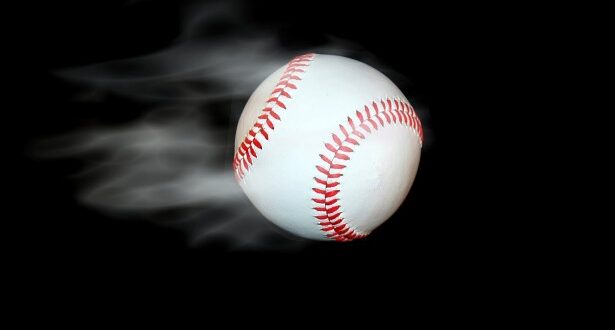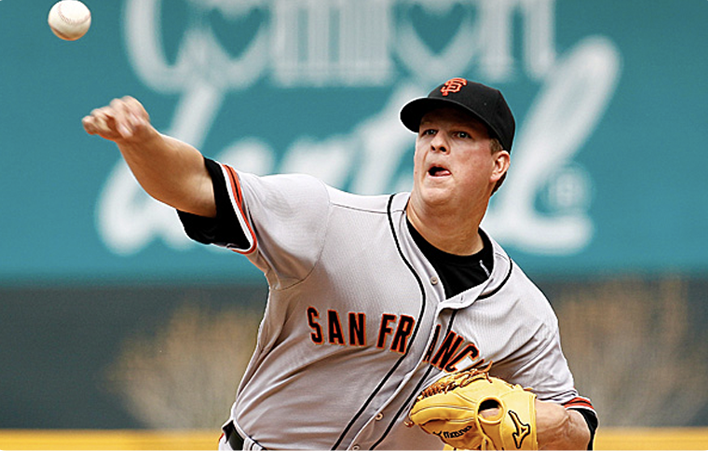What is “spin rate” in baseball?
In baseball, spin rate refers to the number of revolutions a baseball makes per minute while it’s in flight after being thrown. It’s an important metric because the spin of the ball plays a key role in how it moves through the air, influencing its trajectory, speed, and behavior as it approaches the batter.
Key Aspects of Spin Rate:
-
Types of Spin:
- Four-Seam Fastball: The spin rate for a four-seam fastball is typically higher than other pitches, as it’s thrown with backspin (when the top of the ball spins away from the pitcher). This backspin creates lift, which helps the ball stay straighter and appear to “rise” as it travels to the batter, making it harder to hit.
- Two-Seam Fastball: The two-seam fastball generally has less spin than a four-seam fastball, and it has more horizontal movement due to sidespin. This pitch tends to move more in on the batter.
- Curveballs and Sliders: These pitches have a much higher spin rate (especially curveballs), causing them to break sharply, either dropping downward (curveball) or moving laterally (slider).
-
How Spin Affects the Ball:
- Magnus Effect: This is the phenomenon where the spinning ball creates a pressure difference in the air around it, causing it to move in a particular direction. The faster the spin rate, the more exaggerated the movement can be, such as a curveball breaking more sharply or a fastball staying higher in the zone.
- Movement: A higher spin rate generally leads to more movement on breaking balls (like curveballs and sliders). For fastballs, higher spin can make the pitch appear to “rise” or stay straighter longer, deceiving batters.
-
Spin Rate and Pitching Effectiveness:
- Higher spin rates can make pitches more difficult to hit, as the ball might move more than a batter expects.
- A high spin rate on fastballs is often linked to increased whiff rates (strikeouts) and induced swings and misses, as batters struggle to track and react to the ball’s movement.
- Some pitchers specialize in generating high spin rates, particularly on breaking balls. A higher spin rate on curveballs, for example, leads to a sharper break.
-
Measuring Spin Rate:
- Modern technology like TrackMan or Rapsodo is used to measure the spin rate of pitches, giving coaches and analysts real-time data to assess pitcher performance and make adjustments.
In summary, spin rate is a crucial factor that affects the movement, control, and effectiveness of pitches in baseball. A higher spin rate generally leads to better movement, making it harder for batters to make solid contact with the ball.




















